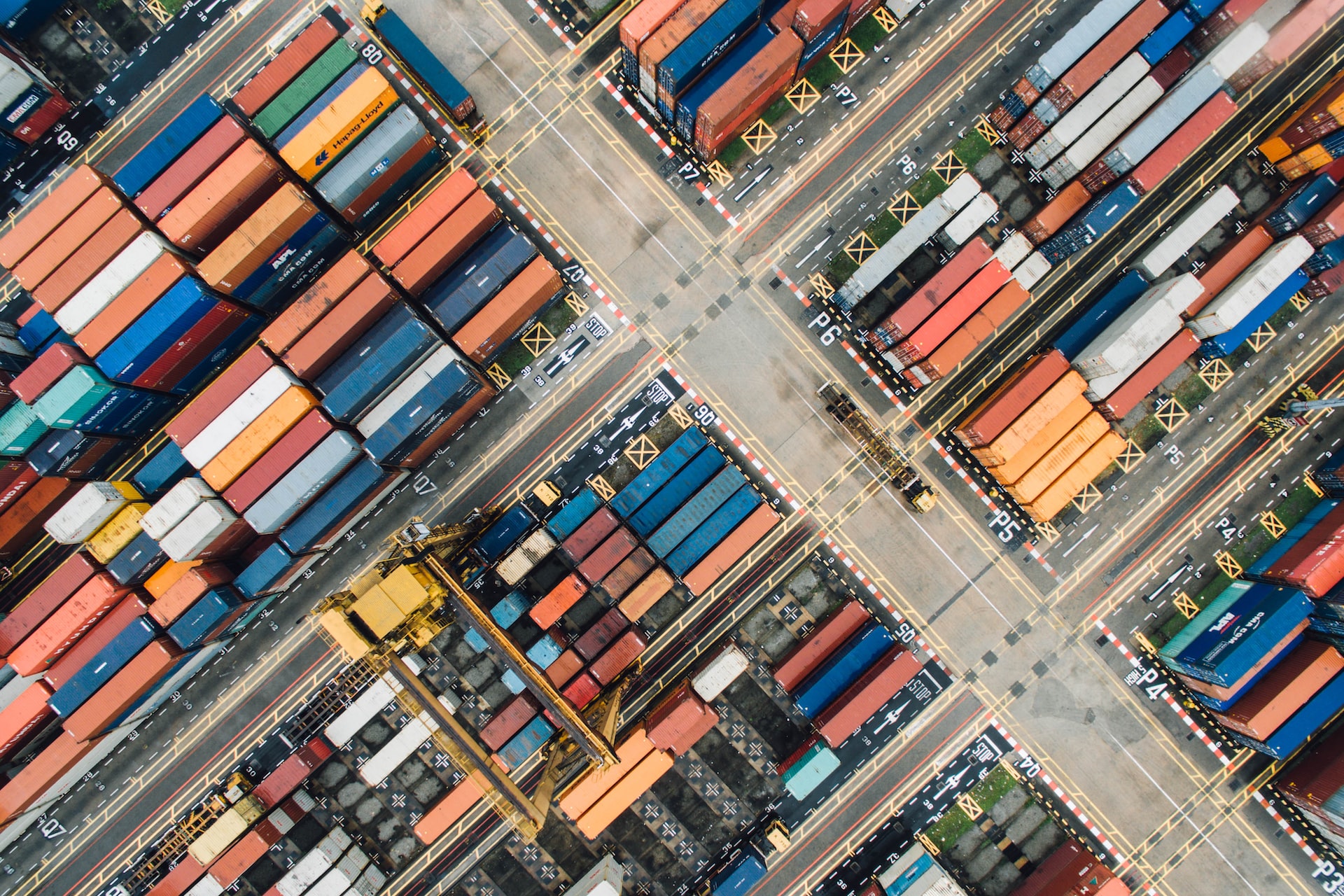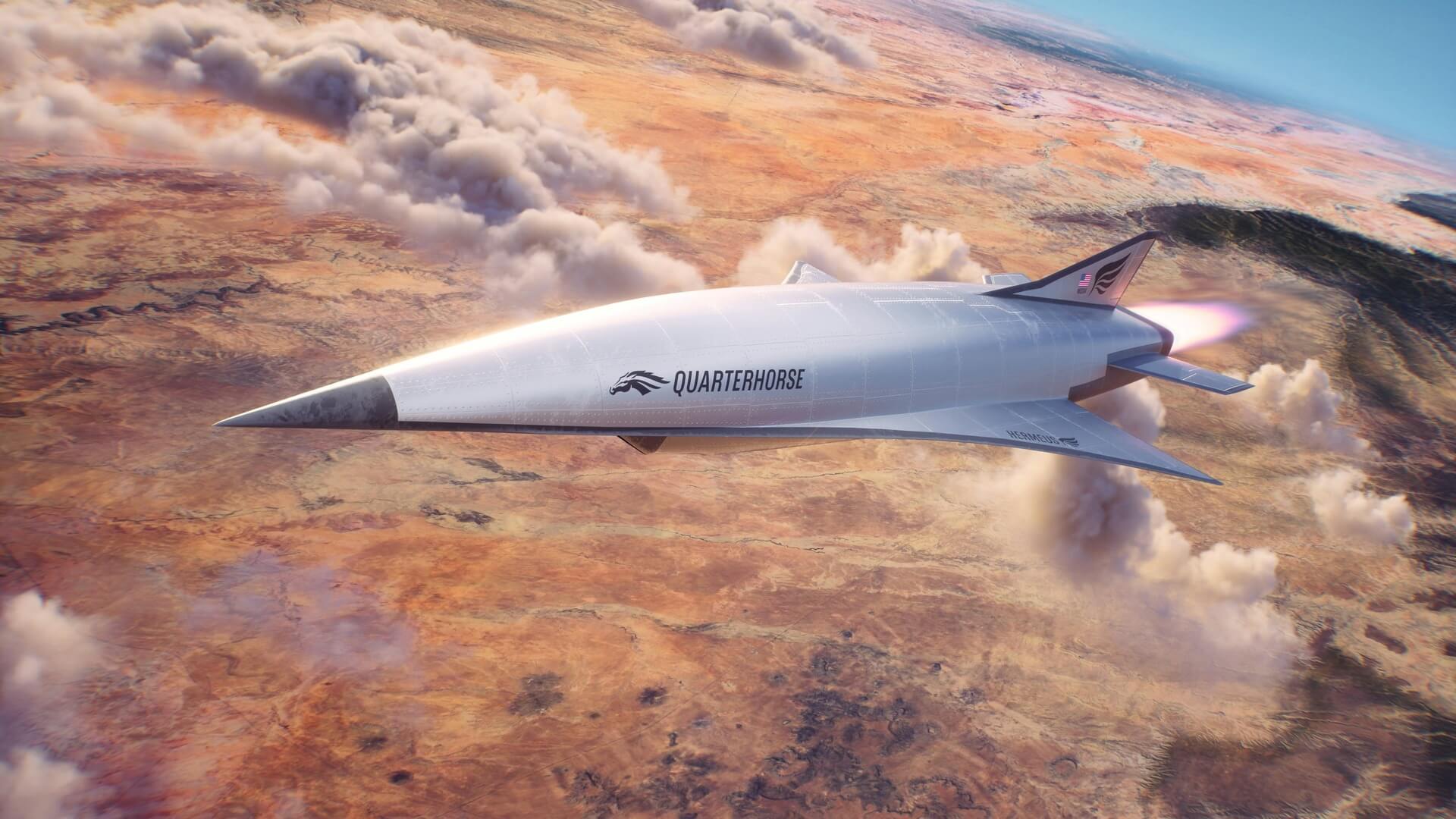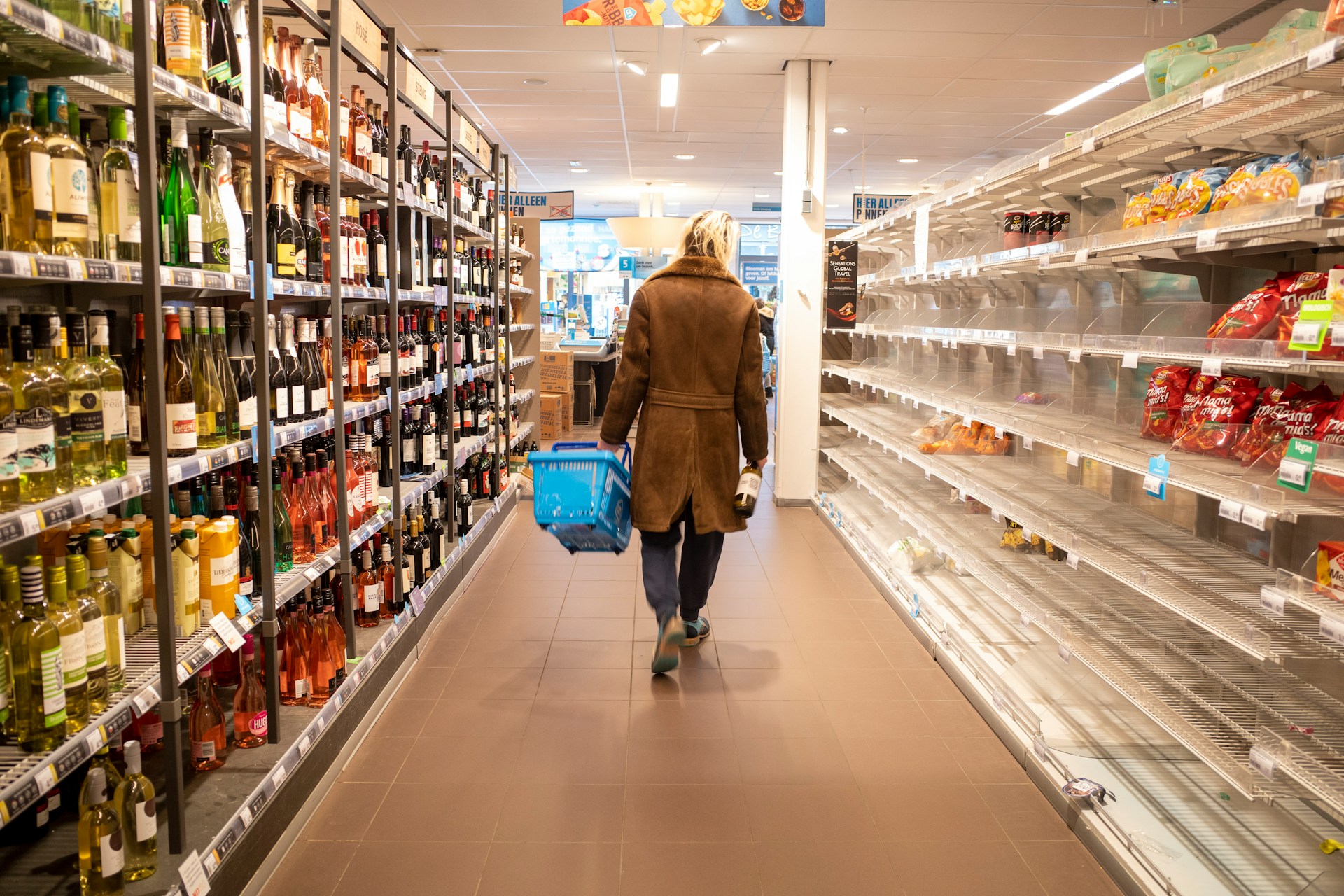
What’s in Store for the Future of Logistics?
February 11, 2023 - Lou Farrell
Revolutionized is reader-supported. When you buy through links on our site, we may earn an affiliate commission. Learn more here.
The logistics sector goes through continuous changes to meet evolving needs and stay resilient despite challenges. How the industry operates now looks very different from the landscape a decade ago. So, what should people expect for the future of logistics? Here’s a closer look.
A Greater Dependence on Robots
Logistics roles are often physically taxing. They require people to spend entire shifts standing or walking, plus lifting heavy items and engaging in repetitive reaching. Many logistics companies have high turnover rates and need help finding new candidates.
A September 2022 study indicated 78% of shippers and 56% of third-party logistics companies experienced negative impacts from labor shortages. There’s no easy way around those challenges, especially since it typically takes time to train recruits. Relatedly, many experienced logistics workers are close to retirement age.
However, one workaround is for companies to ramp up their robotics investments. Many have recently done so to cope with the increased demands of the holiday season. One DHL executive said she expected the brand’s facilities to have 2,000 robots in them by the end of 2022.
Some logistics company leaders manage the costs of their robotics plans by getting the machines on a subscription basis. This robots-as-a-service (RaaS) approach reduces the high upfront costs of installation, and it typically means service providers handle maintenance-related expenses.
With the labor shortage so severe and widespread and the volume of parcels rising too, robots offer a relatively fast and straightforward solution to meeting productivity goals and coping with increased workloads. The future of logistics must also include concentrated efforts to interest people in the work and retain current employees.
That might mean decreasing barriers to entry by giving on-the-job training to people with little or no experience in the industry. It also likely requires increasing pay rates, sick pay and other perks.
More Trials of Drone Deliveries
People in today’s society often want their parcels as soon as possible and are willing to pay more for that advantage. Drones could help logistics companies meet tight delivery time frames. The main benefit of those airborne vehicles is that they can carry goods without the restrictions caused by road construction or traffic congestion.
Delivery drone applications are still in the early stages of development. However, some outcomes are undoubtedly positive. One test allowed people to receive groceries only 200 seconds after the goods left the supermarket.
A 2022 study by a Carnegie Mellon University team also showed that drones use up to 94% less energy per package carried than other transportation methods. The researchers also learned that drones cause a similarly positive effect on carbon emissions. However, the specifics vary depending on the area’s clean energy reliance.
One downside that could affect how drones influence the future of logistics is that companies typically need permits to use them. Then, there are associated parameters for how and where they can operate them. That may make some communities unsuitable for drone usage. Logistics leaders must also carefully assess whether to send specific goods by drone. The weight, size, shape and distance traveled are some of the many factors to evaluate.
A Focus on Data and Analytics
Data and analytics will also factor heavily into the future of logistics. The associated increased visibility can significantly improve outcomes. A logistics dispatcher could route trucks around a traffic accident or congestion caused by a major event in the area. Alternatively, if a company leader assesses historical data over several months, they could identify the sources of bottlenecks, missed targets and other mishaps.
However, logistics professionals must also realize that committing to an increased use of data analytics platforms can also elevate the overall workload. That’s because people must decide what information to track, how to process it and more. Individuals often become overwhelmed by the sheer influx of data coming into an organization. But they’ll be better equipped to handle it if they think about the reason for gathering the information and what goals they’ll meet by doing it.
The Prioritization of Prediction
A 2022 MHI/Deloitte study showed a 22% adoption rate for predictive analytics. However, analysts expect it to reach 82% over the next five years. Predictive analytics can help logistics managers wholly change how they work. It helps them become proactive rather than reactive.
That benefit is especially noticeable when using predictive analytics to improve the upkeep of logistics vehicles. Some algorithms can warn people of impending failures weeks before they happen. People then have time to act accordingly. The typical alternative is the vehicle breaks down and severely disrupts operations. A logistics manager often needs to pay more to have it fixed due to the urgency of the situation, too.
However, using logistics data extends beyond predicting situations. It can show whether companies are moving in the right direction for meeting stated milestones. How often do packages reach destinations on time? How far is the company from meeting its emissions targets? How many people should the business hire this year? Data analytics tools can answer those questions and others. They don’t replace human judgment but can allow people to see trends with a clearer perspective.
A Push Towards Automation With 5G Technology
Many people believe the 5G network will unlock major opportunities for numerous industries, including logistics. The low latency supports advanced technologies that could allow dramatic improvements to operations.
Consider a research project launched in 2021 to test the feasibility of self-driving logistics vehicles used in a German BMW plant. The autonomous forklifts handle loading and unloading tasks and can follow predefined coordinates down to the millimeter.
The forklifts run on a 5G network and connect to a data cloud while operating. Advancements made possible through 5G allow companies to use technologies that send and receive massive amounts of data. The information-sharing allows options like machine-to-machine communications or an increased industrial Internet of Things (IIoT) network.
However, if logistics decision-makers choose to use 5G for automation or any other reason, they must keep security as a top-of-mind matter. Cybersecurity researchers are still learning how online criminals might exploit the 5G network. But they already know that the 5G network creates a wider attack surface. Relatedly, as more people begin connecting their devices to the network, it will become a more enticing target.
Many companies are venturing into 5G technology by working with service providers to create private 5G networks. Doing that reduces, but does not eliminate, the risk of attacks. Another advantage of having a private network is that people can format it into “slices” and dedicate each one to a particular use case. That approach ensures a smooth connection free of congestion caused by other technologies used simultaneously in the building.
The Future of Logistics Looks Bright
Pondering the future of logistics is an excellent way to get ready for what’s on the horizon. These are only some of the many emerging trends and technologies. However, staying abreast of them makes it easier to prepare and think about how changes could or do impact a business.
Revolutionized is reader-supported. When you buy through links on our site, we may earn an affiliate commission. Learn more here.
Author
Lou Farrell
Lou Farrell, Senior Editor, is a science and technology writer at Revolutionized, specializing in technological advancements and the impacts on the environment from new developments in the industry. He loves almost nothing more than writing, and enthusiastically tackles each new challenge in this ever-changing world. If not writing, he enjoys unwinding with some casual gaming, or a good sci-fi or fantasy novel.






